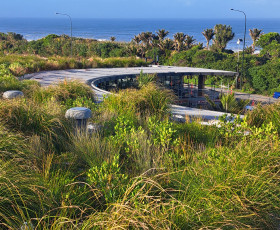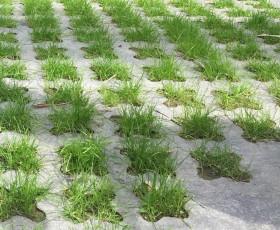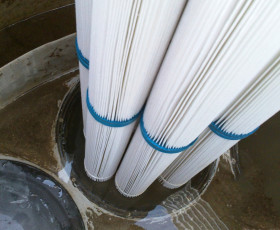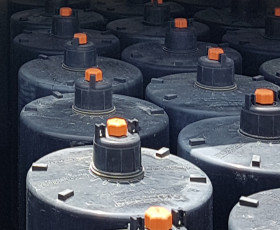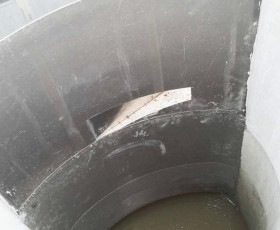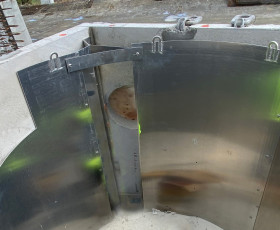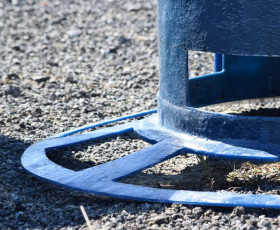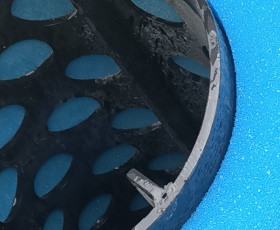A Guide to Best Practices in Stormwater Management and Design Compliance
In the realm of urban development, effective stormwater management is not merely a regulatory requirement but a foundational element of sustainable design. Within this context, professionals in consulting, engineering, and planning face the challenge of manoeuvring through the complexities of stormwater management while adhering to design standards. This guide invites exploration into stormwater management best practices and the essential measures for ensuring design compliance.
Understanding the Imperative of Stormwater Management:
Urban areas encounter significant challenges posed by stormwater runoff, including flooding, erosion, water pollution, and habitat degradation. Effective stormwater management serves as a crucial solution to mitigate these adverse effects, safeguard public health, protect natural resources, and foster resilient communities.
Key Components of Stormwater Management Best Practices:
Prevention and Reduction: The initial focus in stormwater management best practices centres on prevention. Strategies emphasize the reduction of impervious surfaces, preservation of natural drainage features, and integration of green infrastructure solutions such as vegetated swales and rain gardens. By addressing runoff at its source, professionals can minimize downstream interventions and associated costs.
Treatment and Control: In cases where prevention measures fall short, stormwater treatment and control become imperative. Best practices advocate for the utilization of innovative treatment technologies like bioretention cells, infiltration basins, and constructed wetlands. These systems not only cleanse pollutants from runoff but also replenish groundwater supplies and enhance ecosystem services.
Infiltration and Recharge: Maximizing infiltration and groundwater recharge stands as a fundamental aspect of effective stormwater management where feasible. Onsite capture and storage of stormwater reduce strain on municipal drainage systems, mitigate flood risks, and replenish aquifers. Techniques such as permeable pavements, green roofs, and rainwater harvesting systems enable professionals to optimize infiltration while minimizing environmental impact.
Ensuring Design Compliance: Navigating the Regulatory Landscape Regulatory Framework:
Compliance with stormwater management regulations necessitates a comprehensive grasp of local, state, and federal guidelines. Professionals must acquaint themselves with applicable regulations, encompassing stormwater discharge permits, erosion and sediment control requirements, and water quality standards. Staying informed about regulatory updates enables professionals to ensure that their designs meet or surpass compliance thresholds.
Integrated Design Approach: Crafting stormwater management systems compliant with regulations demands an integrated approach that considers various factors, including site conditions, land use patterns, and environmental sensitivity. Collaboration among professionals, clients, regulatory agencies, and stakeholders is essential to develop solutions that harmonize regulatory compliance with project objectives and community interests.
Monitoring and Maintenance: Compliance with design standards extends beyond project completion, requiring ongoing monitoring and maintenance for long-term effectiveness. Professionals should incorporate monitoring protocols and maintenance plans into their designs, encompassing regular inspections, pollutant removal, and infrastructure repairs. Proactive maintenance practices prolong the lifespan of stormwater management systems, preserving their functionality over time.
In the landscape of urban development, effective stormwater management is indispensable for cultivating resilient, sustainable, and livable communities. By adhering to best practices in stormwater management and ensuring design compliance, professionals play a pivotal role in safeguarding water resources.


